Textile Fiber Performance Testing:A Comprehensive Guide
This comprehensive guide to textile fiber performance testing provides a detailed overview of the various methods and techniques used in assessing the properties of different types of textile fibers. The guide covers topics such as strength, durability, flexibility, and dimensional stability, as well as specific tests for measuring these characteristics. Additionally, it includes information on how to interpret test results and how to use them to make informed decisions about the selection and use of textile fibers. Overall, this guide is designed to provide researchers, manufacturers, and consumers with the knowledge and tools they need to evaluate the performance of textile fibers and make informed choices when selecting materials for their applications.
Introduction: Textile fiber performance testing is an essential process in the textile industry, aimed at assessing the quality and performance of raw materials used in the production of textile products. This testing ensures that the fibers meet the required standards for durability, strength, softness, and other properties necessary for their intended use. In this guide, we will explore the various types of tests commonly performed on textile fibers, including tensile strength, elongation, abrasion resistance, and dyeability. We will also provide insights into how these tests are conducted and what factors to consider when interpreting the results. By the end of this guide, you will have a comprehensive understanding of the importance of fiber performance testing and how it contributes to the success of textile products.
Tensile Strength Testing: Tensile strength is a measure of the maximum force that can be applied to a material without causing failure. In the case of textile fibers, this test determines whether the fibers can withstand the tensile stresses that occur during fabric formation and wear and tear. To conduct tensile strength testing, samples of the fiber are cut into strips or threads, which are then subjected to a tensile load until they break or reach a certain breaking strain. The maximum load that the fiber can withstand before breaking is recorded as its tensile strength.
Example Table: | Test Type | Description | Sample Preparation | Equipment | Result Interpretation | |-----------|-------------|---------------------|------------|-------------------| | Tensile Strength | Determines the maximum load that a textile fiber can withstand before breaking | Cut into strips or threads | Tensile machine | Maximum load (kgf) |
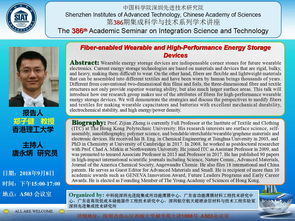
Abrasion Resistance Testing: Abrasion resistance is crucial for textile fibers used in outdoor applications such as apparel and sportswear. This test evaluates the ability of the fiber to resist abrasion caused by rubbing against other materials or surfaces. To perform abrasion resistance testing, samples of the fiber are subjected to abrasion by means of a rotating wheel or cylinder, typically using sandpaper or other abrasive materials. The extent of wear and damage to the fiber is measured over time or through a specified number of cycles.
Example Table: | Test Type | Description | Sample Preparation | Equipment | Result Interpretation | |-----------|-------------|---------------------|------------|-------------------| | Abrasive Resistance | Evaluates the resistance of textile fibers to abrasion caused by rubbing against other materials or surfaces | Cut into strips or threads | Rotating wheel or cylinder | Wear and damage (%) |
Dyeability Testing: Dyeability is another critical property of textile fibers, as it affects how well the fibers absorb and retain dye during dyeing processes. Dyeability testing involves evaluating the amount of dye that can penetrate the fibers and the ease with which the dye binds to the fiber surface. This test is often performed on cotton and synthetic fibers, but can be adapted for other types of textile fibers as well.
Example Table: | Test Type | Description | Sample Preparation | Equipment | Result Interpretation | |-----------|-------------|---------------------|------------|-------------------| | Dyeability | Evaluates the absorption and retention of dye in textile fibers | Cut into strips or threads | Dyeing machine | Dye uptake (%) |
Factors to Consider When Interpreting Results: When interpreting the results of these tests, several factors should be taken into account. Firstly, it is important to consider the type of fiber being tested, as different fibers may have different properties and requirements for these tests. For example, cotton fibers may require more abrasion resistance than synthetic fibers due to their softer texture and higher tendency to pill. Secondly, the testing conditions, including the temperature and humidity levels, can affect the results. For instance, high temperatures can accelerate the rate of abrasion, while low humidity can reduce the effectiveness of abrasion resistance testing. Finally, it is essential to compare the results of these tests to industry standards or benchmarks to ensure that the fibers meet the desired performance criteria.
Conclusion: Textile fiber performance testing plays a vital role in ensuring the quality and durability of textile products. By conducting tensile strength, abrasion resistance, and dyeability tests on textile fibers, manufacturers can identify any potential issues early on in the production process and make necessary adjustments to improve product performance. It is essential to keep up with the latest testing methods and standards to stay competitive in the ever-evolving textile industry. With this knowledge, businesses can confidently design and produce textile products that meet the needs of their customers and stand out in the marketplace.
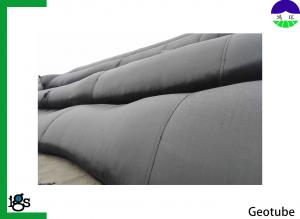
随着人们对舒适度、保暖性和美观性的追求不断提高,纺织品毛效成为了消费者关注的重点,纺织品毛效测试是确保纺织品满足这些需求的重要手段,本文将围绕纺织品毛效测试展开讨论,并通过英文案例说明来进一步阐述。
纺织品毛效测试的重要性
纺织品毛效测试是评估纺织品在保暖、舒适和美观等方面的性能的重要手段,通过测试,可以确保纺织品具备优良的保暖性能、良好的吸湿性、透气性以及舒适的手感等特性,这对于提高纺织品的质量和消费者的使用体验具有重要意义。
纺织品毛效测试的方法和流程
试验方法:
(1)吸湿性测试:通过测量纺织品在湿润环境中的吸湿性能,评估其吸湿性是否良好。 (2)保暖性能测试:通过测量纺织品在寒冷环境中的保暖性能,评估其保暖效果。 (3)透气性测试:通过测量纺织品在空气流通时的透气性能,评估其透气性是否良好。 (4)舒适度测试:通过模拟不同穿着环境,如室内、户外等,测试纺织品的手感和舒适度。
测试流程:
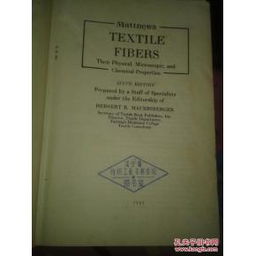
(1)样品准备:根据测试需求,准备符合标准的纺织品样品。 (2)仪器使用:使用相关测试仪器进行样品测试。 (3)数据分析:对测试结果进行数据分析,得出结论。
案例分析
以某品牌羊毛绒面料为例,进行案例分析,该品牌羊毛绒面料采用了先进的纺织技术,具有优良的保暖性能和吸湿性,为了验证其毛效性能,进行了以下测试:
- 吸湿性测试:该面料在湿润环境中的吸湿性能良好,能够有效吸收水分,保持衣物干爽。
- 保暖性能测试:该面料在寒冷环境中的保暖效果显著,能够提供良好的保暖性能,满足消费者的需求。
- 舒适度测试:该面料手感柔软舒适,能够提供良好的穿着体验,消费者对该面料的评价较高,认为其具有优良的保暖性和舒适度。
纺织品毛效测试是确保纺织品满足舒适度、保暖性和美观性的重要手段,通过本文的讨论,我们可以看到纺织品毛效测试的重要性以及具体的测试方法和流程,我们也通过一个具体的案例来进一步说明纺织品毛效测试的应用,纺织品毛效测试对于提高纺织品的质量和消费者的使用体验具有重要意义,我们应该重视纺织品毛效测试,确保纺织品满足消费者的需求。
Articles related to the knowledge points of this article:
Explore the Value of Discount Textiles at Beichuan Discount Textile Wholesale
Global Trade Landscape of Textiles Between China and the US
Chinas Textile Industry:A Glimpse into the World’s Largest Producer
The Global Success Story of Zhejiang Hongxiang Textiles
Global Fabrics:An Overview of Textile Product Labels and Their Importance
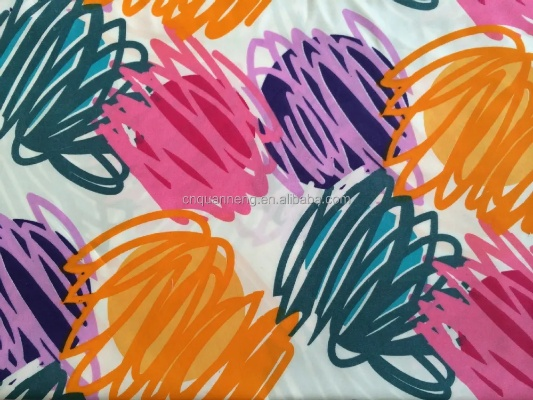

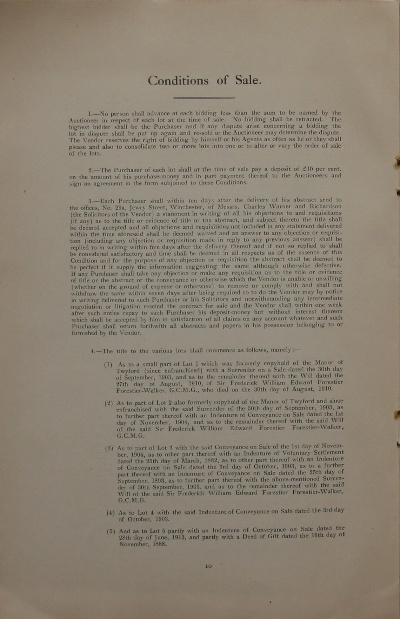
![The Art of Softness in Fashion:An Insight into 宸之漫纺织品]](https://www.i505i.cn/zb_users/upload/2025/09/20250917090724175807124467058.png)